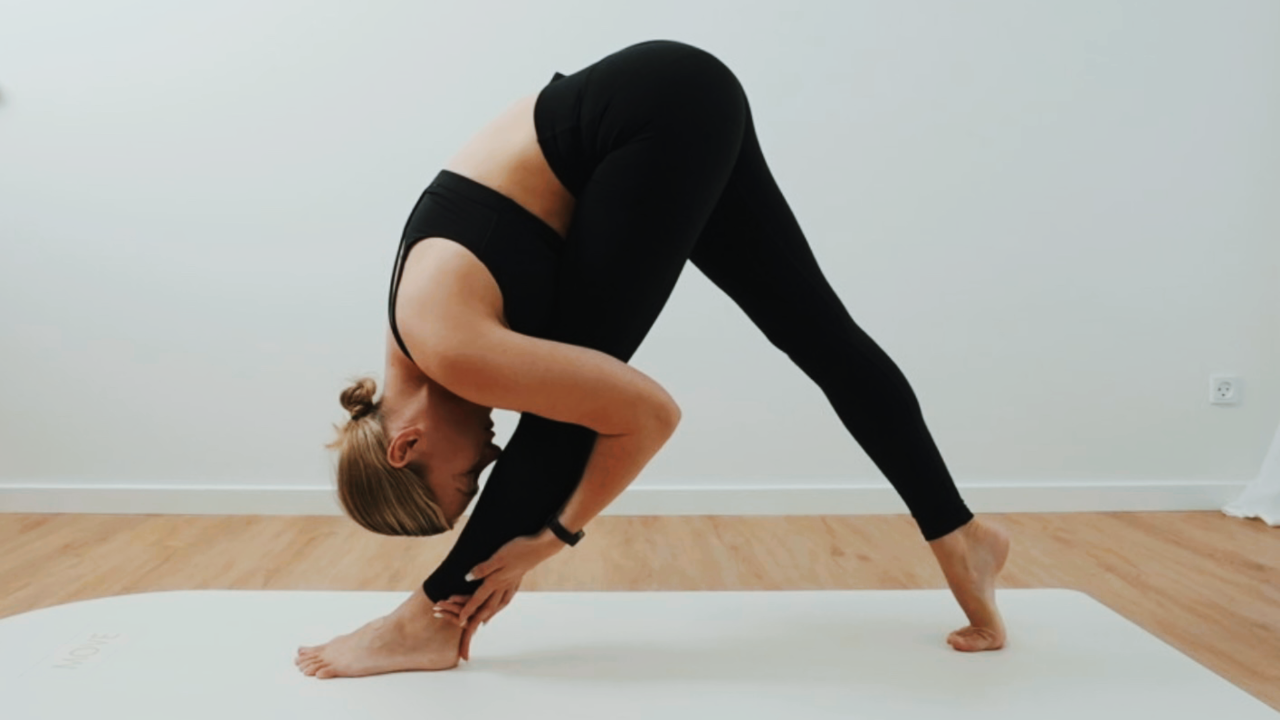
Dynamic vs. Static Stretching: The Key to Flexibility and Recovery
Stretching often feels like a small part of fitness routines, but it plays a big role in keeping your body flexible, mobile, and free from pain. If you’ve ever wondered whether you’re stretching the right way—or even at the right time—you’re not alone. One of the most common questions people ask is, “What’s the difference between dynamic and static stretching?”
These two types of stretching serve very different purposes, and understanding when and how to use them can completely change the way your body feels and moves. Let’s break it down so you can make the most of your stretching practice and feel more aligned, strong, and flexible.
Dynamic Stretching: Prepare Your Body for Movement
Dynamic stretching is all about movement. It involves controlled, active motions that take your muscles and joints through their full range of motion. Think of it as a way to warm up your body, preparing it for physical activity by increasing blood flow and activating your muscles.
Why Dynamic Stretching Works
When you stretch dynamically, you’re not just warming up your muscles—you’re also telling your nervous system to wake up. This is especially important before workouts, as it helps your body respond to the demands of physical activity. By moving through stretches rather than holding them, you reduce stiffness and improve your body’s readiness to perform.
Benefits of Dynamic Stretching
• Increases Mobility: Opens up your joints and prepares them for movement.
• Boosts Circulation: Warms up your muscles by increasing blood flow and oxygen delivery.
• Reduces Injury Risk: Prepares your body for sudden or intense movements, lowering the risk of strains.
Examples of Dynamic Stretches
• Leg Swings: Loosen up your hamstrings and hips by swinging your leg forward and backward.
• Arm Circles: Mobilize your shoulders with slow, controlled circular motions.
• Spinal Waves: Gently flow through your spine to warm up your back and core.
When to Use It: Always use dynamic stretching before exercise, especially if you’re doing activities like running, weightlifting, or dancing. It’s your body’s way of saying, “I’m ready to move!”
Static Stretching: Relax and Recover
Static stretching is what most people picture when they think of stretching: holding a position for a set period, typically 15-60 seconds. But there’s more to it than meets the eye. Static stretching can be divided into two types: active static stretching and passive static stretching, and each serves a slightly different purpose.
What is Active Static Stretching?
In active static stretching, you use your own muscles to hold a position without any external support. For example, lifting your leg in front of you and holding it there engages your muscles while stretching them at the same time.
Benefits of Active Static Stretching:
• Builds strength in addition to flexibility.
• Improves body control and awareness.
• Helps you develop the strength to hold deeper stretches over time.
What is Passive Static Stretching?
Passive static stretching, on the other hand, uses an external force—like gravity, a prop, or even a partner—to hold the stretch for you. For example, sitting in a forward fold and letting gravity pull you deeper into the pose.
Benefits of Passive Static Stretching:
• Allows you to fully relax and release tension in the muscles.
• Ideal for recovery and stress relief.
• Promotes deeper flexibility over time
How to Choose the Right Stretching Method
The type of stretching you choose depends on your goals and when you’re stretching.
If you’re gearing up for physical activity, dynamic stretching is your best friend. It warms up your muscles, gets your joints moving, and primes your body for action. Think of it as telling your body, “We’re about to move—let’s get ready!”
After your workout, or at the end of the day, turn to static stretching to cool down and recover. This is your chance to slow down, breathe deeply, and allow your muscles to relax. Active static stretches build strength and control, while passive static stretches help you fully let go.
For long-term flexibility goals, incorporate both dynamic and static stretching into your routine. Use dynamic stretches to maintain mobility and static stretches (both active and passive) to gradually increase your range of motion over time.
The key is balance. Your body thrives when it’s given a mix of movement and rest, activation and relaxation.
Final Thoughts
Stretching is so much more than a quick pre-workout ritual. It’s a way to care for your body, improve your mobility, and connect with yourself on a deeper level. Whether you’re flowing through dynamic stretches to prepare for movement or holding static poses to unwind, each type of stretching has its place in your routine.
The best part? Stretching doesn’t require fancy equipment or hours of time. It’s accessible to everyone, no matter your fitness level. Just a few minutes a day can help you feel more aligned, mobile, and free in your body.
So, take a deep breath, listen to your body, and start stretching with intention. Your flexibility journey starts with the first movement—and every stretch counts.
PS: Looking for guided routines to elevate your stretching practice? Visit my blog or explore my courses for step-by-step guidance, tailored stretches, and expert tips to help you unlock your full potential.


